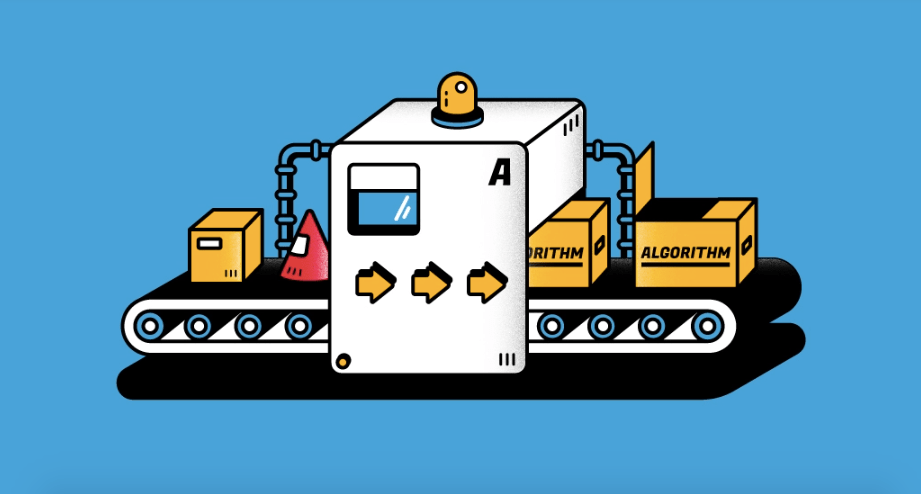Register by Jan 13 to save on passes and connect with marketers from Uber, Bose and more

This article is a WTF explainer, in which we break down media and marketing’s most confusing terms. More from the series →
Advertisers have been adopting data clean rooms, in part, as a means of equipping themselves for a future when they cannot rely on the third-party cookie for ad targeting. The problem is, clean room-based advertising at scale is a challenge at the moment.
“If I think about what’s required in the industry right now, there is not a scalable [real-time bidding] solution yet for utilizing [personally identifiable information] in a privacy-safe way,” said Therran Oliphant, svp and head of data and technology for North America at EssenceMediacom.
Enter IAB Tech Lab’s Open Private Join and Activation. The specification offers up a standardized process for matching an advertiser’s and a publisher’s first-party data sets — including in cases where they use different data clean room providers — and making the match results available for ad targeting while mitigating access to the underlying first-party data.
Sounds simple enough, right? Maybe. But the matching and activating process — or processes — is pretty complex, as the video below breaks down with help from Oliphant, Publicis Groupe’s Jess Simpson and Optable’s Bosko Milekic, one of OPJA’s authors.
More in Marketing

Inside the brand and agency scramble for first-party data in the AI era
Brands are moving faster to own first-party data as AI and privacy changes alter the digital advertising landscape.

Walmart Connect takes a play out of the Amazon playbook to make agentic AI the next battleground in retail media
The next retail media war is between Walmart Connect’s Sparky and Amazon’s Rufus, driven by agentic AI and first-party data.

What does media spend look like for 2026? It could be worse — and it might be
Forecasts for 2026 media spend range from 6.6% on the lower end to over 10% but the primary beneficiaries will be commerce, social and search.








